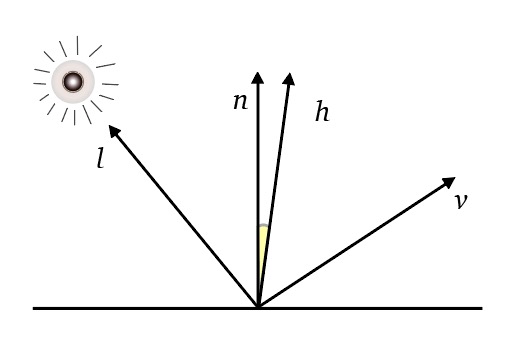Shading is the process of altering the color of a surface. Different shading models capture the process of light reflection on a surface. These models use the following variables in the computation:
- Other characteristics of the light source and the surface, depending on the shading model.



